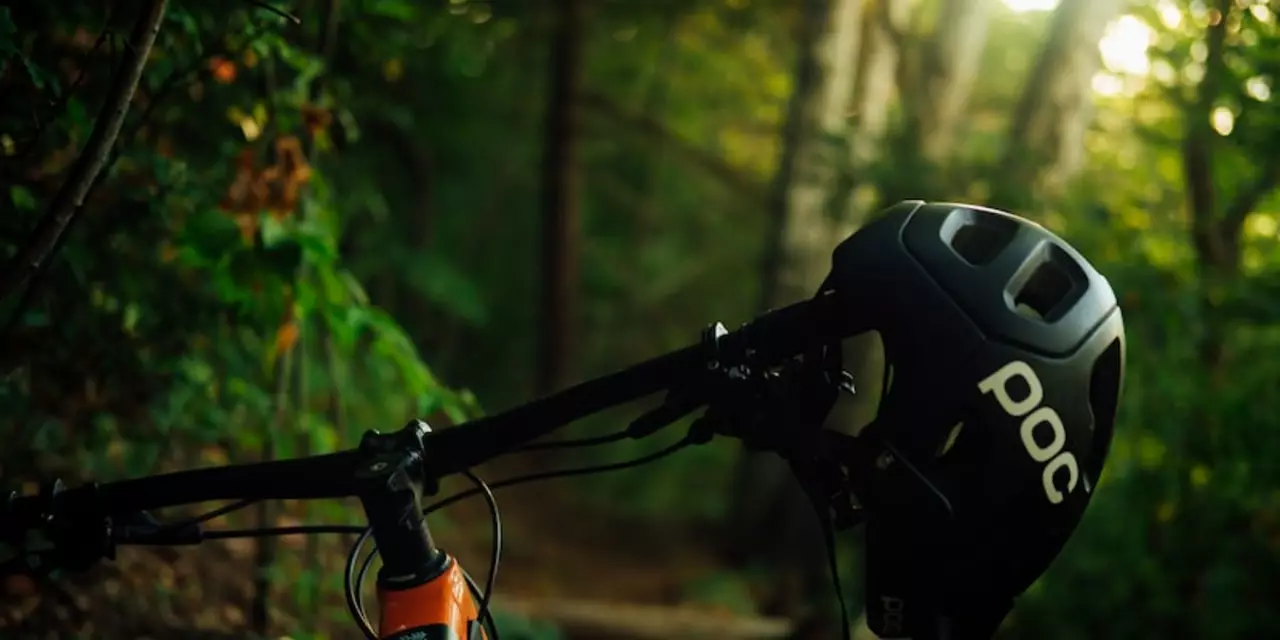SEARCH
Risk in BMX Cycling – Spot it, Reduce it, Ride Safer
Every BMX rider knows the rush of hitting a jump or nailing a trick. That excitement can hide real risks that might turn a fun session into a painful day. Knowing what could go wrong and how to stop it is the quickest way to keep the good vibes rolling.
Common Risks on the Track
First off, the bike itself. Worn‑out tires, loose bolts, or a cracked frame are silent threats. A quick visual check before you hop on can catch a torn tire tread or a loose seat post before they cause a crash.
Next up, the surface. Mud, sand, or even a small rock can wreck a landing. Keep an eye on the riding line, especially after rain, and clear debris whenever you can. It only takes a second to move a stone, but it can save a whole week of recovery.
Tricks bring their own set of dangers. Trying a new move without a proper warm‑up or practicing it over a hard concrete ramp raises the chance of injury. Use a softer landing zone or a foam pit for the first attempts, and break the trick down into steps.
Finally, the rider’s body. Fatigue, dehydration, or a lack of sleep dulls reaction time. When you feel tired, push the session back instead of forcing a run. Your body will thank you later.
Practical Ways to Lower Your Risk
Start with a pre‑ride checklist. Grab a spare tube, check tire pressure, tighten the handlebars, and make sure your brakes feel solid. This ritual only takes a minute but catches most mechanical issues.
Wear proper gear. A well‑fitted helmet, gloves, and knee pads are non‑negotiable. They don’t stop the fall, but they soften the impact and keep you from missing the next ride.
Learn the spot. If you’re trying a new trick, pick a spot with good lighting and a clear line of sight. Avoid crowded sections where other riders might suddenly cut in.
Build up gradually. Increase speed, height, and trick complexity in small steps. Your muscles and nerves adapt better this way, and you’ll spot weaknesses before they become injuries.
Stay hydrated and eat right. A balanced snack and a water bottle in your pack keep your energy steady, so you’re not scrambling for balance because you’re low on fuel.
Finally, get feedback. A friend watching from the side can point out a wobble in your form or a risky line you missed. A quick video review after the session can also highlight hidden problems.
By treating risk like a teammate instead of an enemy, you turn safety into part of the fun. Spot the hazards, fix them fast, and keep the bike rolling. The more you practice these habits, the less you’ll worry about accidents and the more you’ll focus on nailing those tricks.
Remember, every BMX rider starts somewhere. The ones who stay longer are the ones who respect risk, manage it, and keep riding smarter every day.

Is mountain biking dangerous?
Mountain biking is an adrenaline-filled sport that can also be dangerous. It involves riding a bike off-road, often over rough terrain, and can involve air-time, jumps, and other stunts. Mountain biking carries an inherent risk of injury due to the terrain, speed and technicality of the activity. To minimise risk, mountain bikers should always wear the appropriate protective gear, know their limits, and ride with caution. Additionally, they should ride with experienced friends, know their local trails, and be aware of their environment. Ultimately, mountain biking can be dangerous, but it can also be enjoyed safely and responsibly.
Continue reading